Recreational divers sometimes practise scuba and breath-hold diving on the same day.

Some are concerned that breath-hold diving after scuba may increase their risk of decompression sickness (DCS). Their worry is that repeated descents and ascents might change the ultimate destination of venous gas emboli (VGE) – or bubbles – possibly present in their blood after scuba diving and make them more likely to suffer DCS. Another reason for their concern is the possibility that breath-hold dives build up dissolved inert gas in addition to what remained in the body after scuba and thus may create conditions for DCS. But is DCS feasible in breath-hold diving at all?
Modelling the risk of DCS after freediving in humans provided a hypothetical scenario in which DCS could occur after a single extreme dive, but the mechanisms that cause DCS seem unlikely in breath-hold diving. Cumulative effects of many repeated dives with short surface intervals could theoretically produce conditions for the occurrence of VGE, but so far there have been very few reports of bubbles observed in breath-hold divers. Some argue that DCS in breath-hold diving may be different than in scuba diving and that it may occur independent of VGE.
DCS-like symptoms in breath-hold divers have been reported. Symptoms of brain affliction have been observed in extreme diving done by harvesters, spearfishermen using scooters and in freedivers repeatedly doing very deep dives. DCS is one possible cause of these symptoms, but other causes include oxygen depletion, brain bleeding (due to extreme changes in blood pressure observed in breath-hold diving), arterial gas emboli caused by lung damage at depth, repeated micro-injuries to the brain and other factors. Pre-existing medical conditions like small vessel disease could also be involved.
Esta historia es de la edición Issue 02 - 2019 de Asian Diver.
Comience su prueba gratuita de Magzter GOLD de 7 días para acceder a miles de historias premium seleccionadas y a más de 9,000 revistas y periódicos.
Ya eres suscriptor ? Conectar
Esta historia es de la edición Issue 02 - 2019 de Asian Diver.
Comience su prueba gratuita de Magzter GOLD de 7 días para acceder a miles de historias premium seleccionadas y a más de 9,000 revistas y periódicos.
Ya eres suscriptor? Conectar
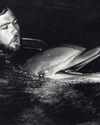
The Sea Specialist: An Interview With Bret Gilliam
Most people learn to crawl before they walk, but there is a man who learned to swim before taking his first steps. Diver, entrepreneur, writer, athlete, maritime specialist – Bret Gilliam is the complete package. Just add water.

The Best Of Diving In Southeast Asia: Explore The Amazon Of The Seas
Southeast Asia encompasses the world’s most biodiverse reefs and some of the best diving anywhere on the planet. From the tiniest and rarest critters to huge fish schools and the biggest pelagics, the region has it all, and there’s something to suit divers of any level.
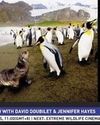
Below With David Doubilet & Jennifer Hayes
Best known for their work with National Geographic, David Doubilet and Jennifer Hayes came together to discuss their work with the youth, and, as Jennifer put it, “submerging with the emerging talent”.
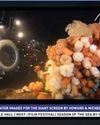
Underwater Images For The Giant Screen
Howard and Michele Hall are best known for their success in underwater IMAX filmmaking.
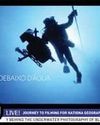
Journey To Filming For National Geographic Wild Brazil
Cristian is an acclaimed and highly versatile Brazilian wildlife filmmaker who works both underwater and topside.
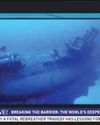
Breaking The Barrier: The World's Deepest Dive
David Strike shared a brilliant presentation about the history of deep diving and how Lt. George Wookey achieved the world’s deepest dive in 1956 using a surface-supplied rebreather.
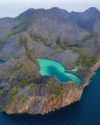
Dive the Golden Land
The Best of Diving In Southeast Asia

OFFICIAL LAUNCH OF BLUE HOPE
Top Session of the Week (14,319 (Views) / 42,831 (Reach)
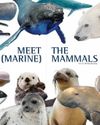
MEET THE (MARINE) MAMMALS
MEET THE (MARINE) MAMMALS

Fashion Faux Pas
What can be done to mitigate the impact of the garment industry on our oceans?